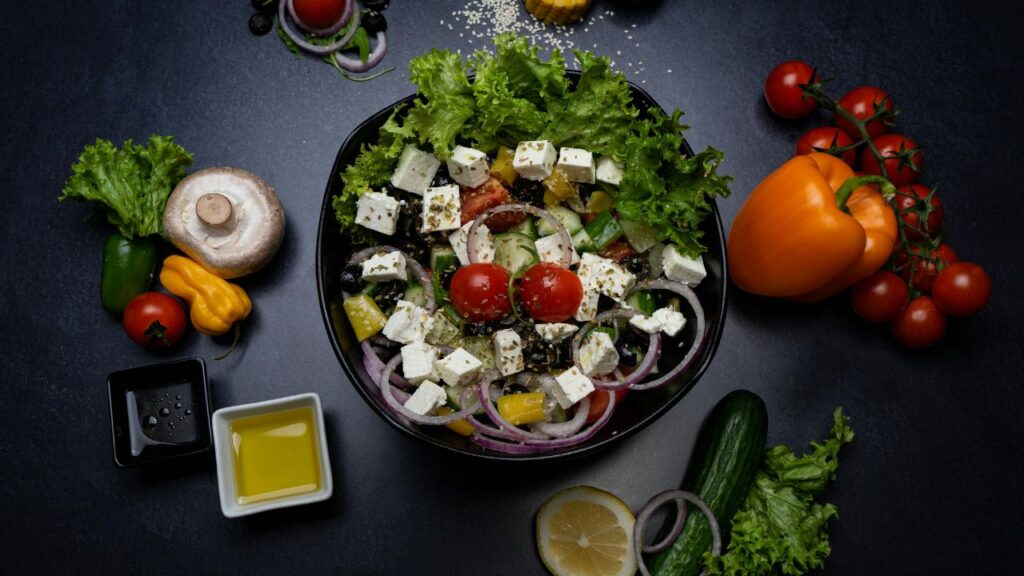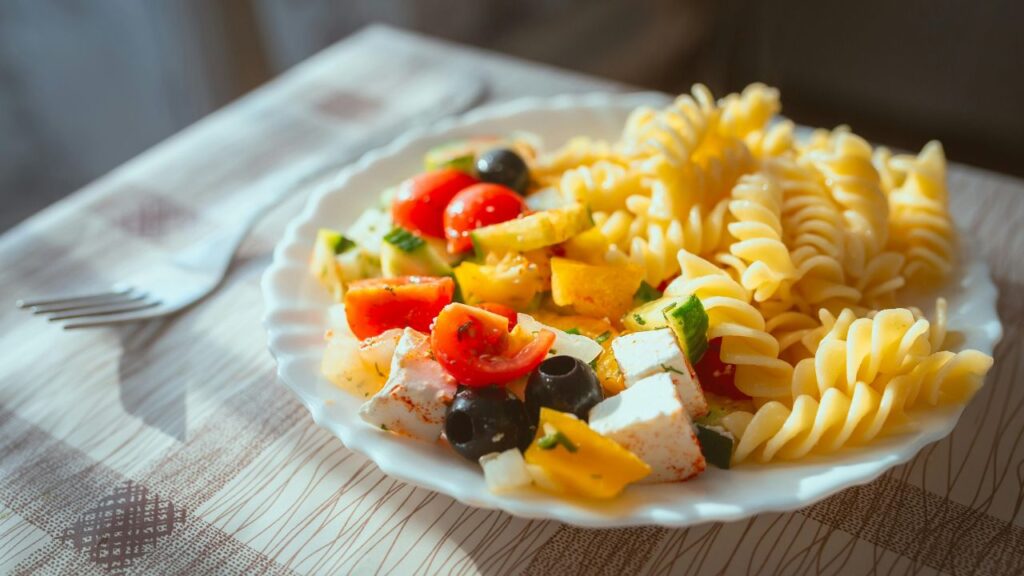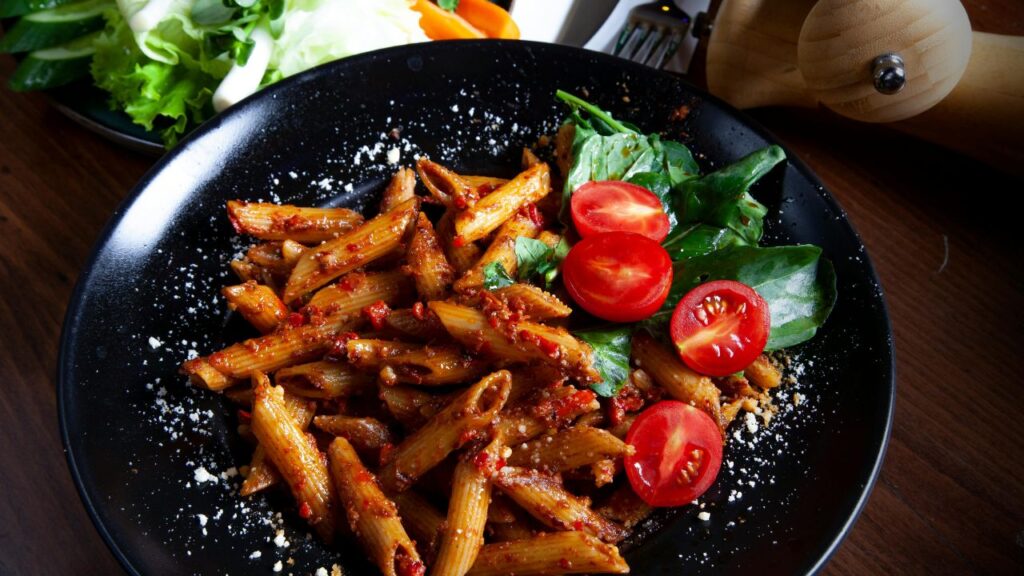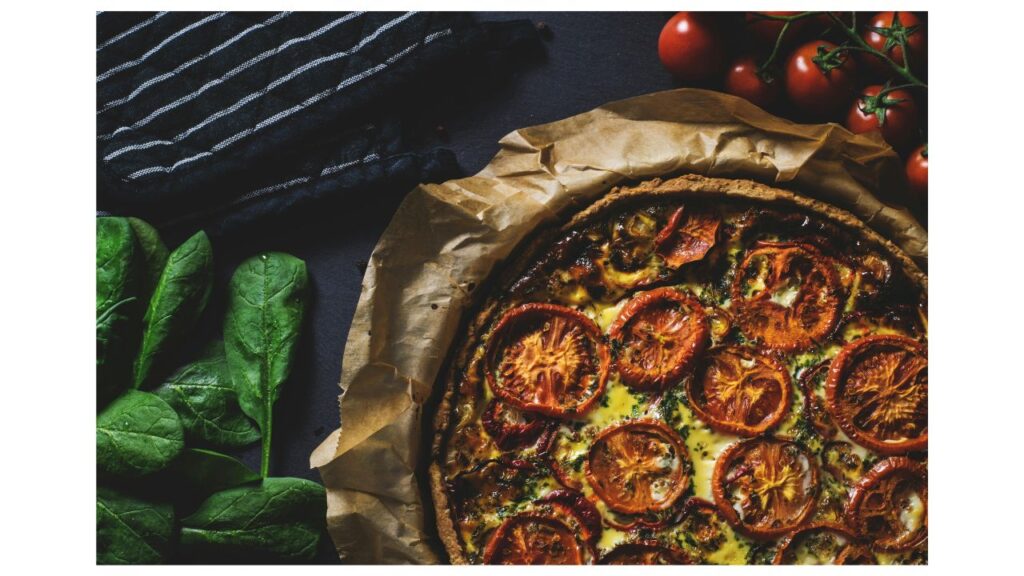The perfect comfort dish is mac & cheese; creamy, cheesy, and nostalgic. But because of processed sauces, pre-seasoned breadcrumbs, and salted cheeses, classic recipes may carry a sodium punch. Low sodium mac and cheese is a great choice for people managing their salt intake for personal taste or health issues. This book offers ideas to keep your mac & cheese absolutely delicious, investigates clever ingredient swaps, and shows how to make this traditional meal heart-friendly without compromising taste. Let’s get right to cooking.

Why Choose Low Sodium Mac and Cheese?
Among other health issues, higher salt intake has been linked to heart disease, kidney strain, and high blood pressure. The typical mac and cheese dish calls for more than 1,000 mg of sodium—half the daily level advised by the American Heart Association. Using naturally lower-sodium cheeses, unsalted butter, and handmade sauces allows low sodium mac and cheese to reduce salt without sacrificing taste. Families, elders, or anybody else yearning conscious, tasty comfort food will find it ideal. Reducing salt also does not guarantee blandness; herbs, spices, and creative cooking methods will make this meal far more delicious than the original.
Key Ingredients for Delicious Low Sodium Mac and Cheese
Great low sodium mac and cheese hidden in ingredient choices. Start with low-sodium cheeses with 50–75% less salt than cheddar or processed cheeses, such Swiss, mozzarella, or fresh ricotta. Use unsalted butter and use sodium-free pasta (check labels—some brands add salt during processing). For the sauce, avoid canned soups and create a roux from flour and milk seasoned with nutmeg, paprika, or garlic powder. Pasta made from whole grains or legumes brings nutrition and fiber, thereby balancing the dinner. Eventually, top with homemade breadcrumbs—roast whole-grain bread and crumble it—instead of store-bought seasoned versions.
Step-by-Step Recipe for Low Sodium Mac and Cheese
- This is a basic, crowd-pleasing recipe:
- Pasta should be cooked: Cook eight ounces of low-sodium elbow macaroni al dente. Sort and reserve.
- Create the roux by: In a pan, melt two tablespoons unsalted butter; whisk two tablespoon flour; cook for one to two minutes.
- Add milk first. Pour two cups of low-sodium milk—dairy or plant-based—gradually, stirring until smooth.
- To melt, toss 1.5 cups shredded low-sodium Swiss with 1/2 cup mozzarella.
- Add one tsp garlic powder, one half tsp smoky paprika, and a little black pepper.
- Toss the pasta in the sauce; then, bake with a breadcrumb top at 375°F for 20 minutes.

Flavor Boosters to Replace Salt
Cutting salt will help you increase taste by including umami-rich foods, spices, and herbs. Nutritional yeast tastes nutsy, cheesy and free of salt. For tang, try mustard powder; for depth, use smoked paprika; and for spice, toss a little hot sauce. A little lemon juice improves the dish; sautéed mushrooms, onions, or garlic offers savory overtones. To create free of salt creaminess, toss steamed cauliflower or butternut squash into the cheese sauce. Play about with fresh herbs like thyme or chives as a finishing touch.
Store-Bought vs. Homemade Low Sodium Mac and Cheese
While pre-packed reduced sodium mac and cheese is available, homemade is typically better tasting and healthier. Reduced-sodium versions of brands like Annie’s or Kraft may still include additives or lack flavor complexity even if they deliver less sodium. Making your own lets you avoid preservatives, change spices, and manage ingredients. Batch cooking also lets you save money and enable quick meal freezer storage.If you’re tight for time, add fresh vegetables or a dollop of Greek yogurt for creaminess to enhance packaged kits.
Dietary Adaptations: Vegan, Gluten-Free, and More
Almost any diet can fit low sodium mac and cheese. Starting with cashew cream or coconut milk, vegans should pair dairy-free cheeses like Daiya or Violife with their base. Gluten-free: For the roux, substitute gluten-free flour and brown rice or chickpea noodles for conventional spaghetti. Keto enthusiasts could try cauliflower “mac” with a cheesy sauce derived from heavy cream and cream cheese. Stir cooked lentils or chopped chicken for added protein. The aim is flexibility—keep the sodium low while yet allowing for your dietary requirements.
Kid-Friendly Tips for Picky Eaters
It’s easier than you might think to get children to enjoy low-sodium mac & cheese.Start with low-sodium cheese combined with a small piece of sharper cheese—like mild cheddar—for a recognizable taste. Puree carrots or butternut squash or other hidden nutrients into the sauce. Let them choose toppings; provide chopped tomatoes, broccoli florets, or turkey bacon bits. Visual attractiveness of the meal can be enhanced by using amusing pasta forms (bows, shells). Cut sodium gradually over time; their taste buds will change!

Health Benefits of Low Sodium Mac and Cheese
Low sodium mac and cheese helps general wellness beyond only lowering blood pressure. Cutting salt can help kidneys function better and help to reduce bloating. While cheeses high in calcium help to strengthen bones, whole-grain pasta increases fiber for easier digestion. Including vegetables boosts vitamin intake; healthy fats from avocado oil or nuts (in toppings) support heart function. This is comfort food that loves you back-wise.
Common Mistakes to Avoid
Making low-sodium mac & cheese can cause even experienced chefs to fall short. Overcooking the sauce causes graininess; whisk regularly and maintain medium-low heat. Skipping acid—like lemon juice—can cause flavors to be bland. Just one kind of cheese could make a dish boring; use many for complexity. Taste as you go; before baking, change the seasonings. Finally, rinse vegetables or canned beans if you are adding them since they sometimes include hidden salt.
Low Sodium Mac and Cheese vs. Regular Mac and Cheese
| Feature | Low Sodium Mac and Cheese 🧀🍝 | Regular Mac and Cheese 🧂🧀 | Why It Matters ❤️ |
| Sodium Content | 150–300 mg per serving (using low-sodium ingredients) | 800–1,200+ mg per serving (processed cheeses/sauces) | Reduces risk of high blood pressure and supports heart health. |
| Key Ingredients | Low-sodium cheeses (Swiss, mozzarella), unsalted butter, no-salt-added pasta | Cheddar, processed cheese, salted butter, pre-seasoned breadcrumbs | Avoids hidden sodium bombs while keeping flavor rich and creamy. |
| Flavor Strategy | Herbs (paprika, garlic), spices, lemon juice, umami-rich veggies | Relies on salt and pre-packaged seasoning blends | Enhances depth of flavor without overloading salt. |
| Health Impact | Supports kidney function, reduces bloating, heart-friendly | May contribute to hypertension and water retention | Turns comfort food into a nourishing meal. |
| Preparation | Often homemade with fresh ingredients; requires seasoning creativity | Quick boxed kits or canned sauces with additives | Gives control over ingredients and dietary needs. |
| Cost | Slightly pricier (specialty cheeses, fresh herbs) | Budget-friendly but less nutritious | Invest in long-term health without sacrificing taste. |
| Dietary Adaptability | Easily vegan, gluten-free, keto-friendly | Limited options; often contains dairy/gluten | Welcomes diverse diets (allergies, veganism, low-sodium needs). |
| Kid Appeal | Sneak in veggies (cauliflower, butternut squash) | Often lacks hidden nutrients | Makes healthier eating fun and fuss-free for picky eaters. |

Where to Find Low Sodium Ingredients
Keep your pantry well stocked. Get broths, beans, and canned tomatoes free of salt from companies like Eden Foods or Westbrae. Look for low-sodium cheeses at deli counters or Trader Joe’s specialty stores. Whole-grain pasta and sodium-free spices are mass purchases available from online stores including Thrive Market. Fresh herbs and vegetables abound in farmers’ markets to organically accentuate taste.
FAQ’s
1. Can I use regular cheese in low sodium mac and cheese?
Indeed, but offset it with low-sodium cheeses or rinse pre-shredded cheese to cut salt.
2. What’s the best pasta for low sodium mac and cheese?
Pasta based on whole grains, legumes, or brown rice—just be sure labels indicate additional salt.
3. How do I store leftovers?
Store refrigerated items in airtight containers for three to four days; freeze for three to four months.
4. Can I make this dish dairy-free?
Sure! For a creamy texture, combine cashew cream, vegan cheese, and nutritional yeast.
5. Does low sodium mac and cheese taste bland?
Not if you stack tastes with herbs, spices, and umami-rich foods like garlic or mushrooms.
